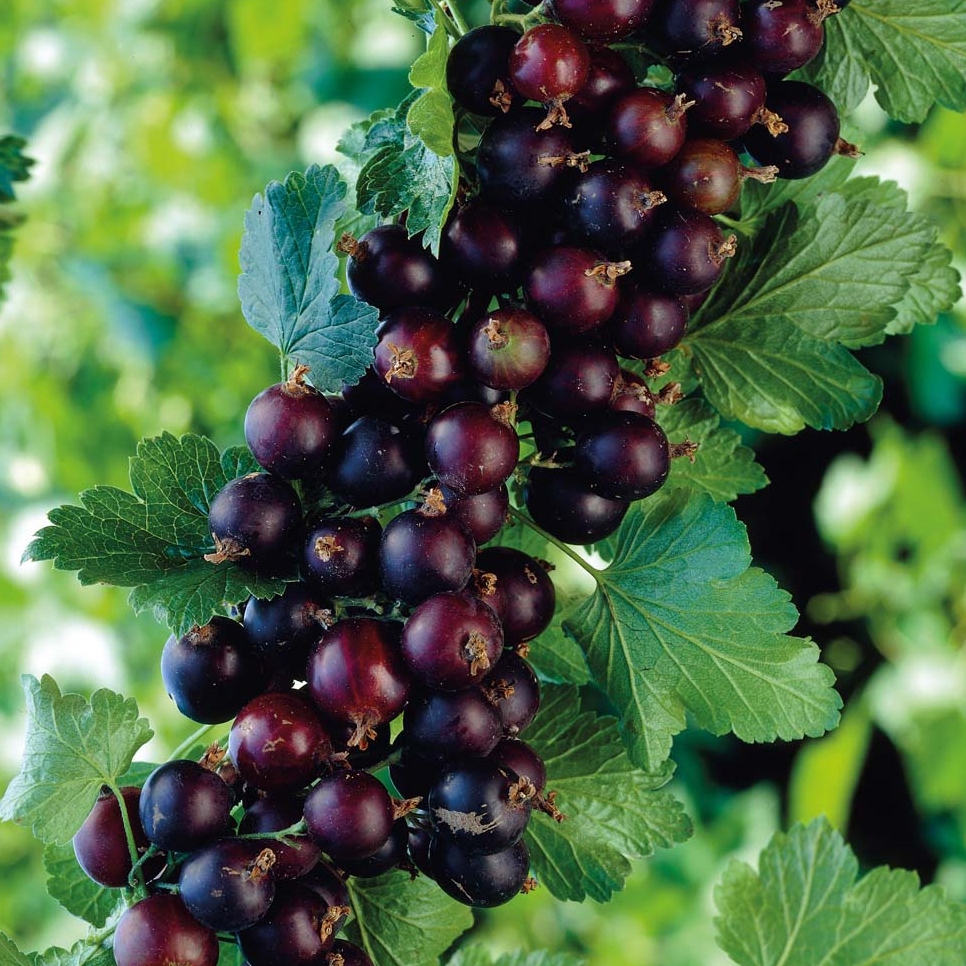New varieties of the garden queen with maroon, almost black petals, highly resistant to diseases and weather jokes, appear quite often. But the old rose Black Prince does not lose its loyal admirers and is just as often found in flower beds as new hybrids of a similar color.
What is interesting about the variety
Black Prince (Black Prince - Black Prince) - one of the first hybrids, bred in the middle of the 18th century by gardeners in England. Of course, it does not have a radical black color; in principle, roses cannot have this. The effect of blackness is created by a dense dark crimson color of the edges of the petals of a half-opened flower with a noble ruby shimmer of their inner part. Fully blossoming inflorescences somewhat lose this feature, and in the heat they generally take on a rich raspberry, less often purple color.
Main characteristics of the variety
Shrub rose Black Prince is a representative of the Hybrid tea rose. The main parameters of the shrub:
- an adult plant has a height of up to one and a half meters with an average diameter of up to 90 cm;
- the shoots are well leafy, the leaves are ordinary, ordinary, without special decorative properties;
- the thorns are large, their number is small;
- each shoot forms up to three buds.
The flower of the hybrid is densely doubled - 40-45 petals, sharpening when fully opened. The central part of the inflorescence remains dense until wilting. The diameter of one flower is 8-9 cm. The color of the petals is of a deep maroon, dense crimson color, the effect of a black shade is created by their rough, velvety surface. The aroma is intense, with a light tart wine note.
Growing features
Agricultural technology of the hybrid variety Black Prince - the choice of location, planting technology, cultivation and care - fully meets the requirements for roses of the hybrid tea group. Some features:
- Site requirements: well lit, sheltered from cold or hot, searing winds. Constant shading or exposure to the hot sun is not beneficial.
- The most suitable soil is black earth, loam, with good moisture permeability, neutral or slightly alkaline pH.
Planting dates are April or the first half of autumn.
Pruning is carried out in the spring, before the buds swell. Possible schemes:
- short, 2 buds to form a lush crown with abundant flowering;
- medium, 5 buds, most suitable for the varieties of the group;
- long, 10 buds, to restrict growth;
- anti-aging.
Watering - every 8-10 days at the rate - 20-25 liters of water for each plant.
Feeding schedule:
- n budding astadia - 10-15 g of ammonium nitrate and potassium sulfate, 25 g of superphosphate per 10 liters of water;
- in the fall, after flowering - 25 g of nitrate, 50 g of superphosphate, 15 g of potassium salts per 10 liters of water.
Preparation for winter is carried out according to the rules for the hybrid group.At the same time, it is taken into account that in the south there is a sufficiently high hilling, in the north a more solid shelter is required, in windy areas preferably a frame.
Experienced growers note that this variety is somewhat capricious: if the rules of cultivation are violated, especially in terms of feeding, it often becomes the object of attack by pests and is affected by fungal diseases. In general, the Black Prince rose is an excellent decoration for a summer cottage, suitable for single and group planting.















